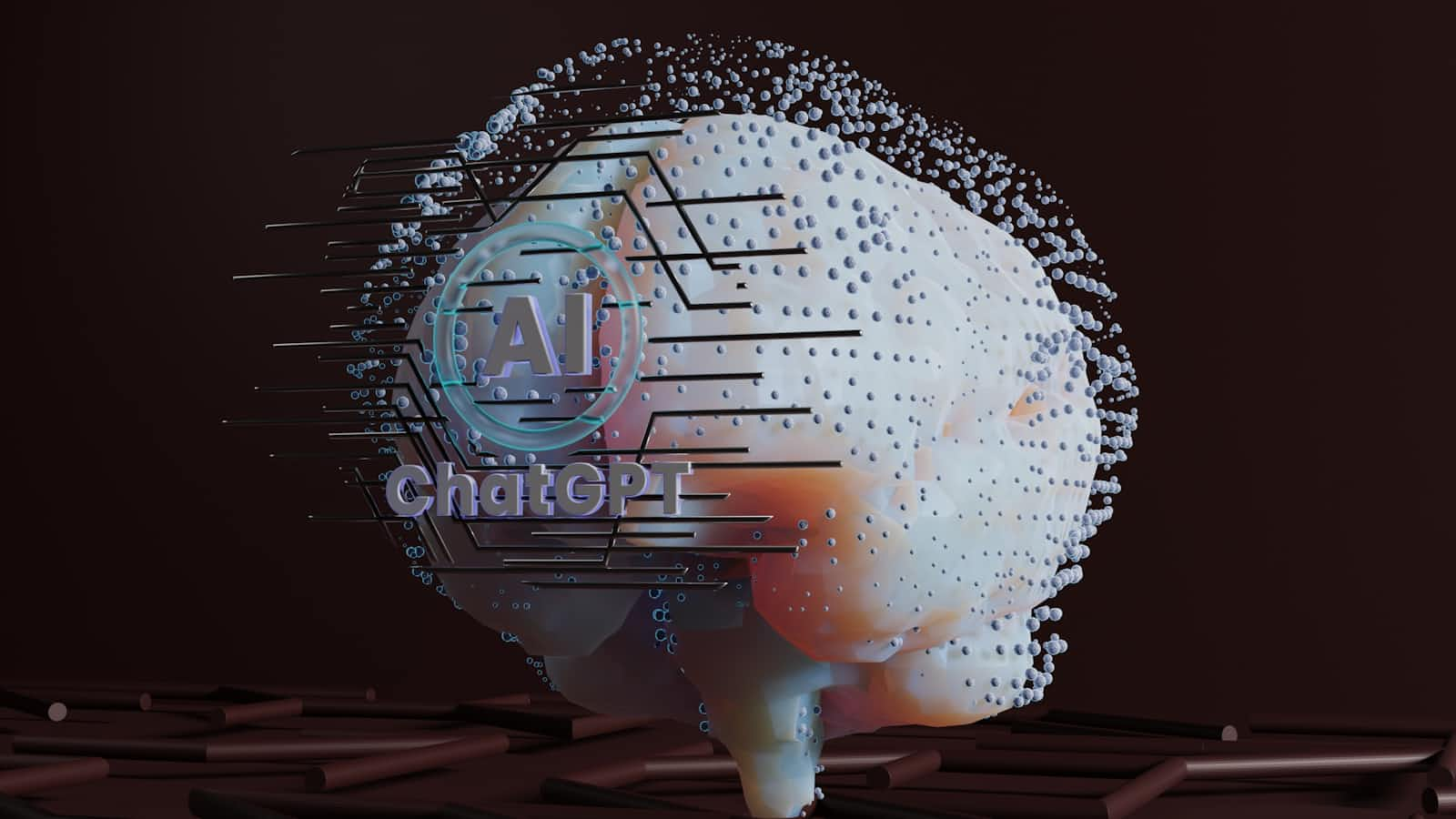Building Developer Relations for AI Agents: A Deep Dive into Mastra
 Abdulrasheed Abdulsalam
Abdulrasheed Abdulsalam
Introduction
As part of the DXMentorship Program, I was tasked with selecting a future technology industry and outlining a Developer Relations (DevRel) strategy for a product in that space. I chose Mastra, a TypeScript-based AI Agent framework, because AI-powered automation transforms how developers build applications.
In this article, I’ll explore why Mastra is exciting and share how I would approach DevRel to grow its adoption.
Why AI Agents Matter
AI is one of the fastest-growing industries. It powers automation, decision-making, and intelligent systems across various sectors. However, many AI frameworks have steep learning curves, making them difficult for developers to use.
Mastra stands out by offering essential tools for AI agent development, simplifying the creation and deployment of AI-powered applications.
What are AI agents?
AI agents are autonomous programs that interact with their environment, gather data, and perform tasks to achieve specific goals. They can make decisions, learn from experiences, and adapt accordingly.
For example, AI Agents like virtual assistants (e.g., Siri or Alexa), interact with users and their environment to perform tasks such as setting reminders or providing weather updates
Why Mastra? A TypeScript-Powered AI Agent Framework
Mastra is an open-source Typescript framework that helps developers build AI agents with memory, function execution, and workflow chaining.
Unlike traditional AI frameworks, Mastra makes AI agent development more accessible by leveraging TypeScript a language familiar to many developers. Since TypeScript is widely used for both frontend and backend development, Mastra is well-positioned to attract a broad developer audience.
AI agents are reshaping automation, yet many developers struggle with implementation. With the right Developer Relations (DevRel) strategy, Mastra can become the go-to framework for AI-driven applications.
How I Plan to Approach Developer Relations for Mastra
Developer Relations acts as a bridge between Mastra and its developer community. Below is my strategic approach to growing its adoption:
Step 1: Understand the Competition
Before standing out, There is a need to know what’s already out there. Researching other AI agent frameworks helps us see what they do well, where they fall short, and what gaps can be fill. This way, Mastra can offer something unique and truly useful to developers.
Step 2: Engage with Developers
Building a great framework means understanding the people using it.
- What challenges do developers face when working with AI agents?
- What features would make their work easier?
The best way to find out is by talking to them! Live Q&A sessions, Discord and forum discussions, and surveys will help us get direct feedback. That way, Mastra can be shaped into a tool that truly works for its users.
Step 3: Make Onboarding Easy
Developers love getting started quickly and smoothly. To make sure Mastra is easy to pick up, the following resources will be provided:
- A clear explanation of AI agents and how Mastra simplifies their development.
- Interactive documentation with hands-on examples.
- Quick-start guides and short video tutorials.
- A Mastra Playground where developers can test AI agents instantly.
- Framework-specific examples to support different coding environments. The easier it is to get started, the more developers will explore and use Mastra in their projects.
Step 4: Encourage Contributions & Recognize Developers
Open-source projects grow best when people contribute. Initiatives such as hackathons, contributor programs, and mentorship initiatives to encourage developers to get involved. And, of course, recognizing top contributors with badges, exclusive events, or shoutouts will keep the community engaged.
Step 5: Build a Strong Developer Community
A strong community is equal more adoption and innovation. There is need to create spaces where developers can:
- Ask questions
- Share knowledge
- Collaborate on ideas The more connected and supported developers feel, the more they’ll use and talk about Mastra.
Step 6: Keep the Feedback Loop Open
Listening to developers will help Mastra improve continuously.
This will involve:
- Conducting developer interviews
- Running polls and surveys
- Engaging with stakeholders to make sure Mastra evolves based on real-world needs A structured feedback loop enables continuous improvement and adaptability.
Step 7: Speak at Conferences & Stay Active Online
Getting the word out is key! Speaking at tech conferences, hosting workshops, and sharing insights through blog posts, videos, and Twitter threads will boost visibility and position Mastra as a leading AI framework.
Step 8: Collaborate with Other AI & Dev Tools
Teaming up with other AI and developer platforms will help Mastra reach more people. Whether it’s through integrations, cross-promotions, or joint community events, collaborations will expand Mastra’s reach and strengthen its ecosystem.
Conclusion
Mastra has the potential to become a leading AI Agent framework, but strong DevRel efforts are essential for growth. By engaging with developers, improving onboarding, fostering community, and driving contributions, Mastra can be made the top choice for AI agent development.
Subscribe to my newsletter
Read articles from Abdulrasheed Abdulsalam directly inside your inbox. Subscribe to the newsletter, and don't miss out.
Written by
